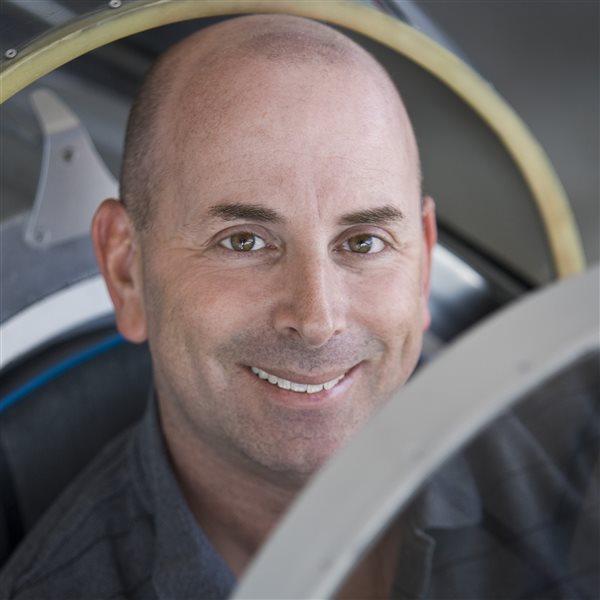Exit interview
Marc Parent steps down from CAE

So says Marc Parent, outgoing president and CEO at CAE, a 13,000-employee Canadian company that provides simulator training for corporate, airline, and military customers at 240 facilities around the world. CAE also owns a majority stake in SIMCOM Aviation Training, which provides simulator training in a broad range of piston, turboprop, and jet aircraft.
“We’re going to use these new technologies to bring realism up and prices down,” said Parent, 64, who is stepping down this year after 20 years at CAE, 16 of which he served as president and CEO. “Virtual reality [VR] is tremendously effective for drilling and rehearsing—and that preparation makes the time pilots spend in Level D simulators more useful.”
VR training at home, in classrooms, and before flight simulations will change the nature and footprint of the training experience. Immersive VR can enhance training and set habits and expectations early. Artificial intelligence can monitor pilot performance and rapidly customize training to address individual student shortcomings.
“I’ve been an aviation geek my whole life,” he said. “That’s not going to change.”
Sensors within flight simulators will be able to track pilot eye movement and measure control inputs and compare them to an ideal. Instead of just presenting a training scenario, simulators can measure and grade student performance in real time. The results can make for more accurate and helpful debriefings and shape future training events.
“The challenge for the industry is that the current pilot shortage is likely to last for a long time, and young pilots are being upgraded to captain at an earlier age with less overall flight experience,” Parent said. “Young pilots today must meet the same [certification] standards. They tend to be very quick and agile with technology and buttonology, and they’ve got to learn crew resource management and stick-and-rudder skills. These new technologies are a complement to simulator training.”
Parent flies a Cessna 185 on floats near Montreal and a TBM 940 turboprop.
He applauds TBM for giving pilots the ability to measure their real-world performance against their peers via anonymized flight data. By downloading data from onboard avionics, pilots can measure the accuracy of their approaches and landings and see at a glance whether they exceeded flap or landing gear deployment speeds and met stabilized approach criteria.
“TBM scores my approaches, and I like that,” he said. “It’s a way to use real-world data to improve my flying skills.”
Parent, a mechanical engineer by training, worked at Bombardier designing and building aircraft for 20 years before joining CAE. He learned to fly at age 17 and has multiple type ratings including an Embraer Phenom 300 he has flown extensively for business at CAE.
In retirement, he plans to do a great deal more seaplane flying in the vast expanses of northern Quebec, return to gliding, and possibly add a helicopter rating.



